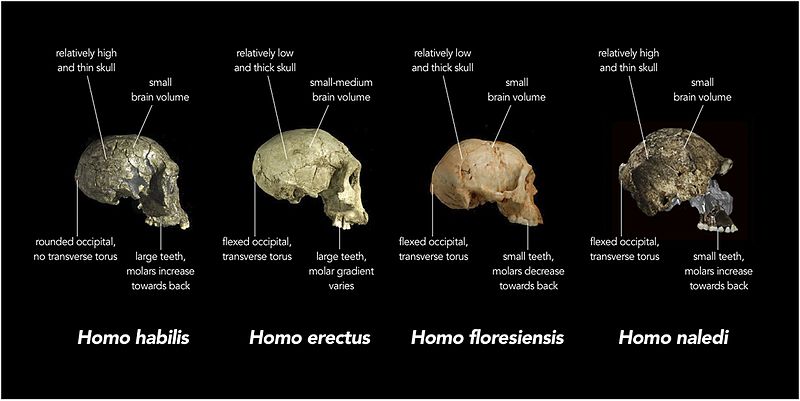Fichièr:Comparison of skull features of Homo naledi and other early human species.jpg

Talha d'aquesta previsualizacion: 800 × 401 pixèls. Autras resolucions : 320 × 160 pixèls | 640 × 321 pixèls | 1 024 × 513 pixèls | 1 280 × 641 pixèls | 2 560 × 1 283 pixèls | 4 473 × 2 241 pixèls.
Fichièr d'origina (4 473 × 2 241 pixèl, talha del fichièr: 382 Ko, tipe MIME: image/jpeg)
Istoric del fichièr
Clicar sus una data e una ora per veire lo fichièr tal coma èra a aqueste moment
| Data e ora | Miniatura | Dimensions | Utilizaire | Comentari | |
|---|---|---|---|---|---|
| actual | 12 setembre de 2015 a 00.58 |  | 4 473×2 241 (382 Ko) | Animalparty | User created page with UploadWizard |
Paginas que contenon lo fichièr
La pagina çaijós compòrta aqueste imatge :
Usatge global del fichièr
Los autres wikis seguents utilizan aqueste imatge :
- Utilizacion sus arz.wikipedia.org
- Utilizacion sus ast.wikipedia.org
- Utilizacion sus az.wikipedia.org
- Utilizacion sus bg.wikipedia.org
- Utilizacion sus ca.wikipedia.org
- Utilizacion sus ceb.wikipedia.org
- Utilizacion sus de.wikipedia.org
- Utilizacion sus en.wikipedia.org
- Utilizacion sus es.wikipedia.org
- Utilizacion sus eu.wikipedia.org
- Utilizacion sus fr.wikipedia.org
- Utilizacion sus ga.wikipedia.org
- Utilizacion sus he.wikipedia.org
- Utilizacion sus hr.wikipedia.org
- Utilizacion sus ia.wikipedia.org
- Utilizacion sus id.wikipedia.org
- Utilizacion sus ja.wikipedia.org
- Utilizacion sus kab.wikipedia.org
- Utilizacion sus ka.wikipedia.org
- Utilizacion sus kn.wikipedia.org
- Utilizacion sus nl.wikipedia.org
- Utilizacion sus nn.wikipedia.org
- Utilizacion sus no.wikipedia.org
- Utilizacion sus pl.wikibooks.org
- Utilizacion sus pt.wikipedia.org
- Utilizacion sus ro.wikipedia.org
- Utilizacion sus simple.wikipedia.org
- Utilizacion sus species.wikimedia.org
- Utilizacion sus sv.wikipedia.org
- Utilizacion sus tr.wikipedia.org
- Utilizacion sus uk.wikipedia.org
- Utilizacion sus ur.wikipedia.org
- Utilizacion sus vi.wikipedia.org
- Utilizacion sus vls.wikipedia.org
- Utilizacion sus www.wikidata.org

